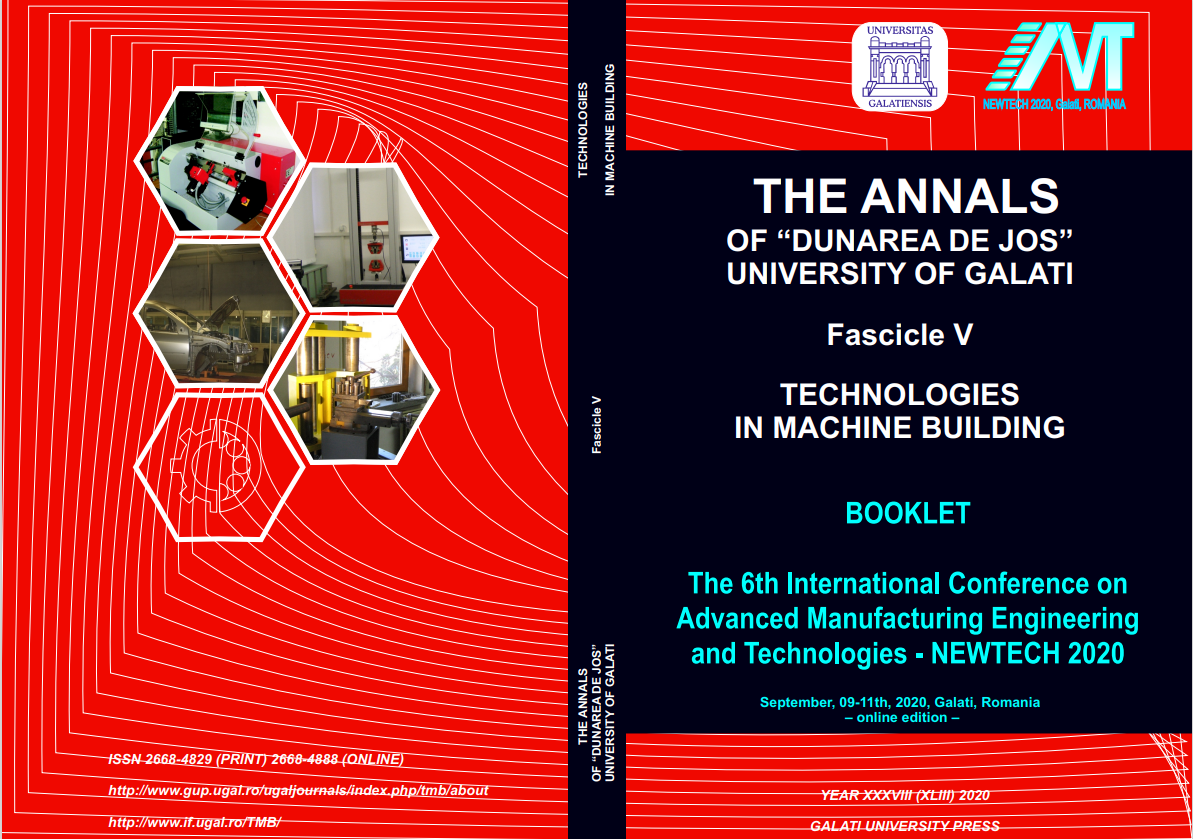Influence of aluminium alloys relative positioning on dissimilar friction stir lap welds properties
Abstract
Very thin sheets of heat treatable (AA6082-T6) and non-heat treatable (AA5754-H22) aluminium alloys were used to produce dissimilar joints by friction stir lap welding. Joint strength and mechanical heterogeneity were assessed by performing lap tensile-shear and microhardness testing, respectively. Optical microscopy was used to analyse the weld morphology. Welding machine outputs, such as torque and axial force, were analysed in order to capture differences in the alloys strength during dissimilar welding. From the process outputs analysis, it was concluded that higher Z-Forces were necessary while positioning the AA5754 alloy at the top of lap configuration, indicating that this alloy offered higher resistance to the tool stirring than the AA6082 alloy. These results were associated with the flow softening of the AA6082 alloy during welding, which was explained using finite element analysis to illustrate the welding thermal cycles and the precipitation behaviour of this alloy. The lap welds defect formation was also related to the base materials plastic properties at high temperatures, which was inferred from process outputs data analysis. Based on the results it was shown that the lap welds defects might be supressed by a proper positioning the dissimilar base materials in the lap joint.


